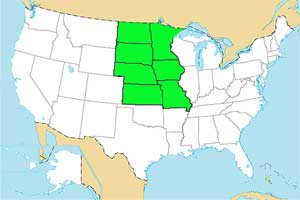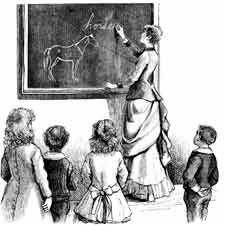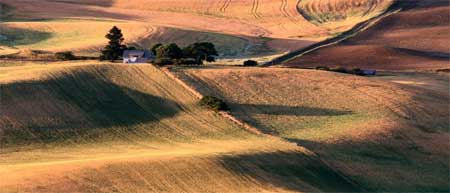 The Midwestern United States (or Midwest) refers to the north-central states of the United States of America. Both the geographic center of the contiguous U.S. and the population center of the U.S. are in the Midwest (in Kansas and Missouri respectively). The United States Census Bureau divides this region into the East North Central States (essentially the Great Lakes States); and the West North Central States (essentially the Great Plains States), which generally include Iowa, Kansas, Minnesota, Missouri, Nebraska, North Dakota, and South Dakota. The Midwestern United States (or Midwest) refers to the north-central states of the United States of America. Both the geographic center of the contiguous U.S. and the population center of the U.S. are in the Midwest (in Kansas and Missouri respectively). The United States Census Bureau divides this region into the East North Central States (essentially the Great Lakes States); and the West North Central States (essentially the Great Plains States), which generally include Iowa, Kansas, Minnesota, Missouri, Nebraska, North Dakota, and South Dakota.

In the early 19th Century, anything west of the Mississippi River was considered the West, and the Midwest was the region west of the Appalachians and east of the Mississippi. In time, some users began to include Minnesota, Iowa and Missouri, and with the settlement of the western prairie, a new term, "Great Plains States," was used for the row of states from North Dakota to Kansas. Later, these states annexed themselves unofficially to the Midwest.
 The region was shaped by the relative absence of slavery (except for Missouri), pioneer settlement, education in one-room free public schools, and democratic notions brought with American Revolutionary War veterans, Protestant faiths and experimentation, and agricultural wealth transported on the Ohio River riverboats, flatboats, canal boats, and railroads. The canals in Ohio and Indiana opened so much of Midwestern agriculture that it launched the world's greatest population and economic boom foreshadowing later "emerging markets". The commodities that the Midwest funneled into the Erie Canal down the Ohio River contributed to the wealth of New York City, which overtook Boston and Philadelphia. New York State would proudly boast of the Midwest as its "inland empire"; thus, New York would become known as the Empire State. The region was shaped by the relative absence of slavery (except for Missouri), pioneer settlement, education in one-room free public schools, and democratic notions brought with American Revolutionary War veterans, Protestant faiths and experimentation, and agricultural wealth transported on the Ohio River riverboats, flatboats, canal boats, and railroads. The canals in Ohio and Indiana opened so much of Midwestern agriculture that it launched the world's greatest population and economic boom foreshadowing later "emerging markets". The commodities that the Midwest funneled into the Erie Canal down the Ohio River contributed to the wealth of New York City, which overtook Boston and Philadelphia. New York State would proudly boast of the Midwest as its "inland empire"; thus, New York would become known as the Empire State.

These states are generally perceived as being relatively flat. That is true of several areas, but there is a measure of geographical variation. Rainfall decreases from east to west, resulting in different types of prairies, with the tall grass prairie in the wetter eastern region, mixed-grass prairie in the central Great Plains, and short grass prairie towards the rain shadow of the Rockies. Today, these three prairie types largely correspond to the corn/soybean area, the wheat belt, and the western rangelands, respectively. Hardwood forests in this area were logged to extinction in the late 1800s. The majority of the Midwest can now be categorized as urbanized areas or pastoral agricultural areas.


Midwesterners are alternately viewed as open, friendly, and straightforward, or sometimes stereotyped as unsophisticated and stubborn. Factors that probably affected the shaping of Midwest values include the religious heritage of the abolitionist, pro-education Congregationalists to the stalwart Calvinist heritage of the Midwestern Protestants, as well as the agricultural values inculcated by the hardy pioneers who settled the area. The Midwest remains a melting pot of Protestantism and Calvinism, mistrustful of authority and power.

The rural heritage of the land in the Midwest remains widely held, even if industrialization and suburbanization have overtaken the states in the original Northwest Territory. Given the rural, antebellum associations with the Midwest, further rural states like Kansas have become icons of Midwesternism, most directly with the 1939 film The Wizard of Oz.
Unemployment remains low (under 5%). Outsourcing of higher paying manufacturing jobs and a rise in low-wage service jobs is a major issue.
|
